-
Glebe house
Old Bawtry rd
Finningley
Doncaster
Dn93bu - info@bespokedancewear.co.uk
- 07545251877
Home / Embellishment & Decorations / Feathers & Boas
Our feather boas can make your dance performances more exciting. We offer many colours, from white feather boas to bright pink feather boas, so you can find one to match any costume. Our ostrich feather boas are known for being very fluffy and looking great on stage. These boas work well for many types of dance, from burlesque to ballroom. We have boas in different lengths and thicknesses, including turkey feather boas for a different look. Browse our range to find a boa that will help your dance routine stand out and bring your ideas to life on stage.
Showing 1–16 of 90 results
















We offer several types of feather boas to suit different dance styles and needs:
Our boas come in many colours to match different costumes and themes:
Our feather boas can be used in many types of dance:
To keep your feather boa in good condition:
There are several ways to attach a boa to your costume:
Feather boas are used in dance to make costumes more eye-catching. Dancers use them as part of their outfits, as props to move during routines, or to create special effects on stage. They’re common in burlesque and cabaret, but also appear in ballroom, jazz, and other dance styles. Boas can help emphasise movements, add a playful or dramatic element to a performance, or tie a costume together visually.
In dance, feather boas can mean different things depending on how they’re used. In burlesque, they often suggest playfulness or flirtation. In ballroom dancing, they might add a sense of grace. The meaning can change based on how the boa is used in the dance, its colour, and the overall theme of the performance. Generally, boas are linked with showmanship and can help create a sense of glamour on stage.
Dancers can use feather boas in many ways. They can wrap them around their bodies as part of a costume, hold them and move them during a dance to create interesting shapes, or use them to hide and reveal parts of their costume. Some dancers twirl boas to create a swirling effect on stage. Boas can also be used to decorate stage props or as part of the stage setting.
There are several ways to attach a feather boa to a dance costume. You can sew it directly onto the costume using strong thread for a permanent fix. For a removable option, make loops on the costume and thread the boa through these. Some dancers use safety pins for quick attachment, but this should be done carefully to avoid damaging the boa or costume. Always test the attachment method to make sure it will stay in place during your dance.
The right length for a feather boa depends on how you plan to use it in your dance. For wrapping around the body or neck, a 6-foot boa often works well. Taller dancers or those wanting a more dramatic look might prefer longer boas, around 72 to 80 inches. Shorter boas, about 40 to 50 inches, can be easier to handle for complex dance moves or for younger dancers. Think about your dance style, costume design, and the specific moves in your routine when choosing the length.
To reduce shedding, handle your feather boa gently and store it properly. Avoid rough handling or shaking it too much. After using it, carefully fluff the boa and store it hanging up or loosely coiled. Some dancers lightly spray their boas with hairspray to help keep feathers in place, but try this on a small area first. Gently grooming the boa with your fingers can also help. Keep in mind that some shedding is normal, especially with frequent use in dance performances.
It’s usually not a good idea to wash feather boas as water can damage the feathers and the boa’s structure. For light cleaning, try gently spot cleaning with a barely damp cloth. To get rid of smells, you can hang the boa in fresh air or use a fabric freshener spray (test on a small area first). If your boa gets very dirty, it’s best to take it to a professional cleaner who knows how to handle feather items. Good storage and careful handling are the best ways to keep your boa clean and ready for your next dance performance.
